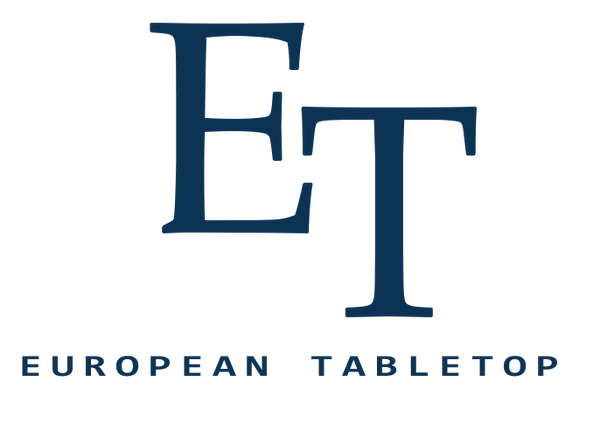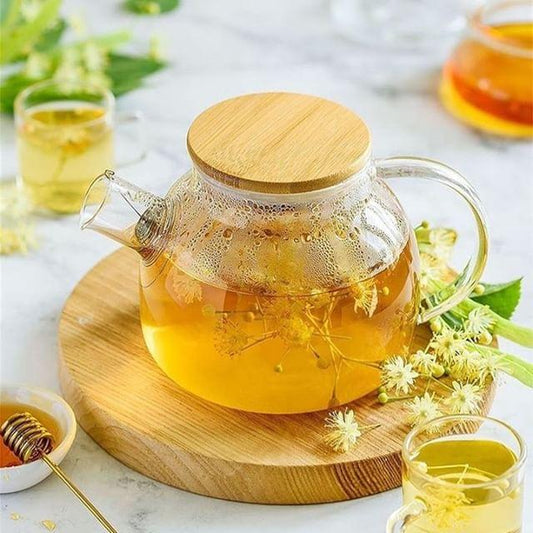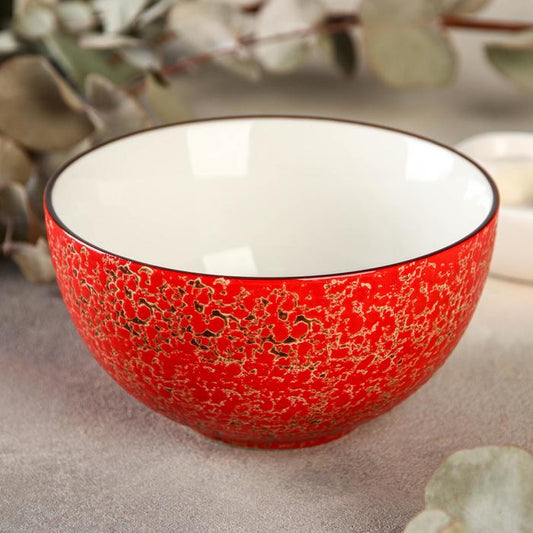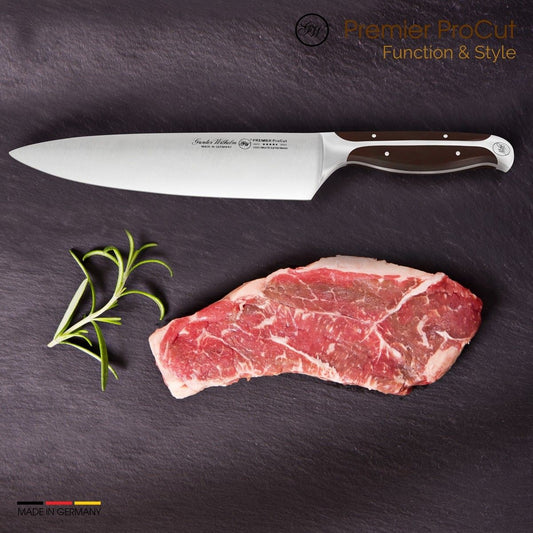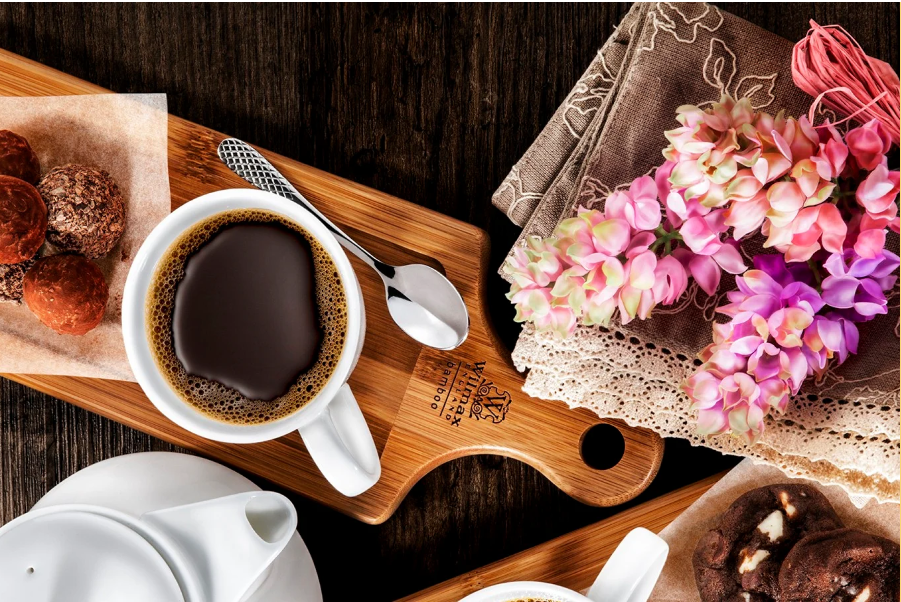Food as Code: The Rise of Programmable Flavors and AI-Generated Recipes

What happens when a tasting menu meets a Git repo? In 2025, chefs and coders are building digital cuisine—recipes that are versioned, parameterized, simulated, and sometimes executed by robots. Welcome to the kitchen where flavors compile and dinner ships with release notes.
What Does “Programmable Flavor” Actually Mean?
Think of a dish not as a fixed recipe, but as a function with inputs. Heat, time, pH, salinity, grind size, water activity, Maillard browning—each becomes a knob. A programmable flavor system maps those knobs to sensory outputs: aroma intensity, texture, perceived sweetness, umami depth. Tweak the inputs, get predictable, repeatable results. It’s sous-vide precision meets data science.
- Parameters: temperature, time, airflow, humidity, particle size, pressure.
- Constraints: allergens, macros, calories, cost per portion, prep time, equipment.
- Targets: flavor profile vector (sweet/sour/bitter/salty/umami/fatty), crunch, juiciness, aroma plume.
From Recipes to “Flavor APIs”
In digital cuisine, a recipe becomes an API specification: inputs (ingredients), methods (techniques), and outputs (flavor, texture, plating). Instead of “add salt to taste,” we get:
POST /dish
{
"name": "Charred Citrus Salmon",
"targets": {"doneness": "medium", "flavor": {"smoke": 0.6, "acidity": 0.4, "sweet": 0.2}},
"constraints": {"gluten_free": true, "max_cost": 6.00, "equipment": ["circulator","torch"]},
"context": {"diners": 2, "time_limit_min": 35}
}
→ returns: time/temperature curve, brine %, glaze ratios, torch passes, resting schedule, plating map.
The output is machine-readable and human-cookable. Kitchens treat this like CI/CD: push a menu update, run test cooks, measure results (temps, yields, guest feedback), then merge to “main.”
AI-Generated Recipes: Beyond Random Mashups
Modern models don’t just remix pasta with peanut butter for chaos. They optimize against nutrition goals, pantry inventory, diner preferences, and equipment. Give the AI your fridge contents, allergies, macros, and a preferred cuisine vector; it returns a plan that fits the night and your skillet.
- Personalization: learns your heat tolerance, texture cravings, and “no cilantro ever” clause.
- Pairing graphs: embeddings link ingredients by aroma compounds and cultural co-occurrence.
- Simulation: predicts browning, moisture loss, and starch gelatinization to hit a texture target.
Result: fewer flops, more “how did I just cook restaurant food on a Tuesday?”
Parametric Menus: One Dish, Infinite Variants
A parametric dish ships with sliders. Want spicier, crunchier, lower-carb, or GLP-1-friendly? Adjust the parameters; the system recalculates brines, marinades, bake curves, and finishing oils while preserving the dish’s identity. This is huge for chains, ghost kitchens, and meal kits needing consistency at scale.
- Texture tuning: alter hydration and proofing for open or tight crumb in breads.
- Flavor intensity: ramp up acid/salt/fat via buffered dressings and timed reductions.
- Diet toggles: swap thickeners (tapioca→xanthan), sugars (sucrose→allulose), fats (butter→olive oil).
Hardware: From Thermo-Gadgets to Flavor Printers
The tool belt of digital cuisine blends chef steel with lab steel:
- Circulators & combi ovens: precise temperature and humidity, with profiles you can save like presets.
- Smart pans & probes: surface temp sensing, thermal cameras, and alerts when sear → smoke.
- Dispensing rigs: syringe pumps for microliter acids and bitters; consistent emulsions every time.
- Aroma modules: cartridges for citrus terpenes, smoke phenols, coffee volatiles—think “scent as a service.”
- Light & sound finishing: UV-safe shine for gels; ultrasound to tenderize without overcooking.
No, we’re not replacing cooks; we’re giving them MIDI keyboards for flavor.
Data Pipelines for Dinner
A digital kitchen logs more than tickets. It captures sensor data (temps, humidity, weight), timings, waste, and guest feedback. This becomes a training set:
- AI proposes v1 of a dish.
- Line cooks execute with guided steps and live telemetry.
- System compares predicted vs. actual results (doneness, yield, ratings).
- Parameters auto-tune; v2 is better by dinner service.
Like DevOps, but delicious.
Use Cases: From Home to Hospitality
- Home cooks: pantry-aware AI that schedules prep, preheats gear, and times everything to land hot at once.
- Meal kits: parametric cards that adapt steps for gas vs. induction, oven vs. air fryer.
- Ghost kitchens: city-specific flavor tuning (salt/spice/acid) driven by local feedback vectors.
- Fine dining: flavor “scenes” composed like music—intro (aroma), chorus (texture), outro (aftertaste).
- Healthcare & performance: macro-exact meals that still slap, with predictive satiety models.
Ethics & IP: Who Owns a Recipe Written by AI?
If an algorithm designs your gnocchi and a robot pipes the sauce, who’s the author? Kitchens are adopting co-credit models (chef + model + team) and maintaining provenance logs for allergens and auditing. Transparency matters: disclose automation, protect guest data, and keep a human in the loop for safety and taste.
TL;DR: automation assists; chefs decide.
Design Pattern: “Hello, Flavor” (A Simple Workflow)
- Intent: “Weeknight salmon, 25 minutes, high-protein, bright and herby.”
- Inventory: app scans fridge/pantry; suggests swaps for missing items.
- Plan: AI returns time-temperature curve, brine %, glaze ratios, and sides aligned to macros.
- Assist: guided cooking with probe targets and alerts (“flip in 90 seconds”).
- Finish: sear window, acid add, garnish geometry; plating mockup.
- Feedback: 1–5 stars for taste/effort; logs update the model.
Guardrails: Safety, Allergens, and Reality Checks
- Food safety models enforce pasteurization curves and cooling protocols.
- Allergen graphs propagate risks through substitutions and cross-contact steps.
- Complexity budget caps steps and pans because cleanup is a KPI too.
- Explainability—“why this step?”—prevents black-box weirdness.
Quick Demo Menu (Parametric)
Citrus-Code Salmon()
Inputs: doneness=medium, smoke=0.3, acid=0.4, time=25m → Brine 2%, 46°C bath, torch 25s, grapefruit oil finish.
CrunchVector Salad()
Target crunch=0.8 → toasted seeds, chilled romaine, compressed cucumbers, buffered vinaigrette pH 3.6.
Pasta.FPS(“Tuesday”)
Constraints: one-pot, 20m, dairy-free → emulsified starch finish, garlic confit, chili to 0.25 SHU relative.
Dessert.fadeOut()
Perceived sweet=0.35 using salt-acid contrast, cocoa aromatics, and aeration; 220 kcal cap.
FAQs
Will AI replace chefs?
No. It replaces guesswork and grunt math. Chefs still invent, taste, and lead service.
Do I need fancy gear?
Basic sensors and a thermometer go a long way. Precision gadgets help but aren’t required.
Is this only for restaurants?
No. Home apps already plan, cue, and adapt recipes to your pantry and macros.
Share:
